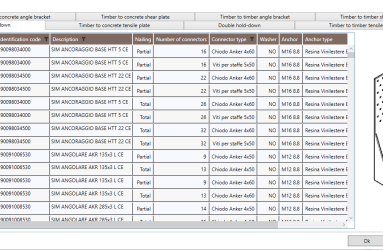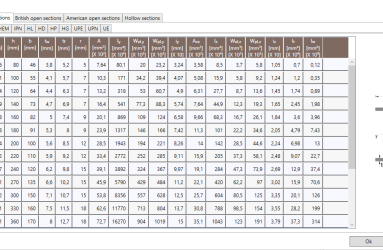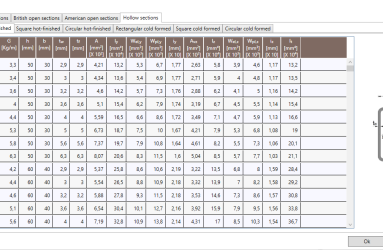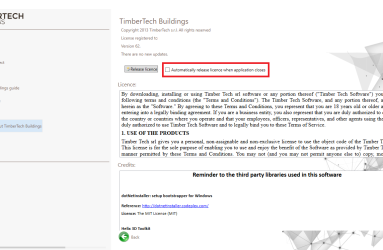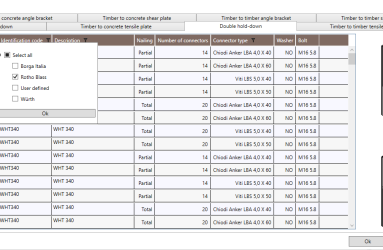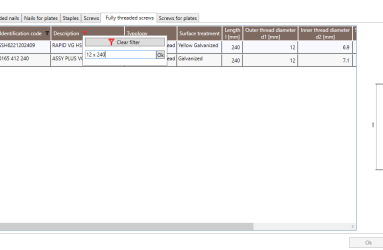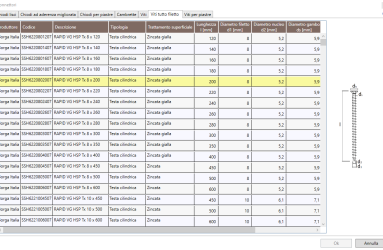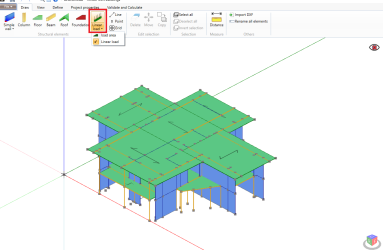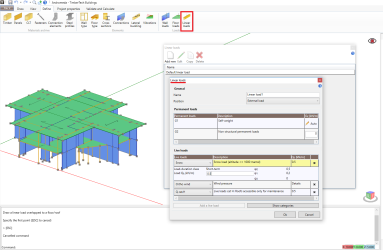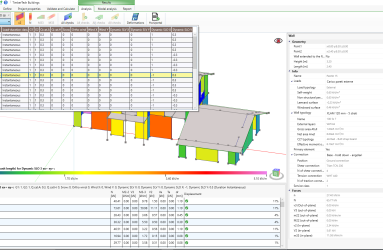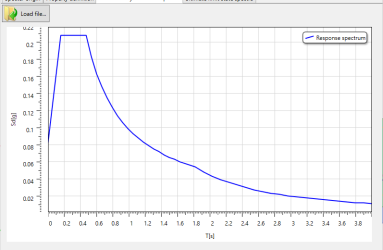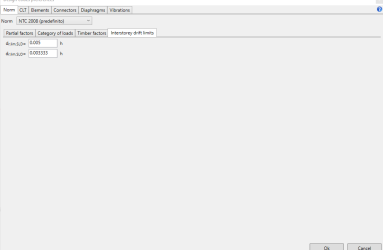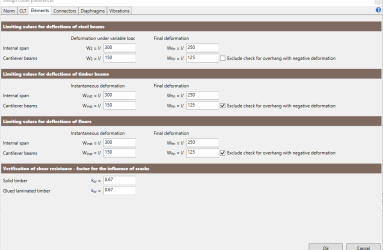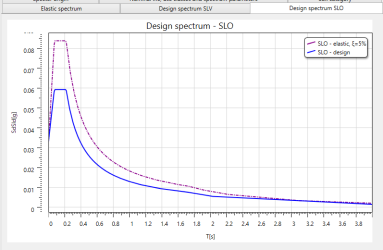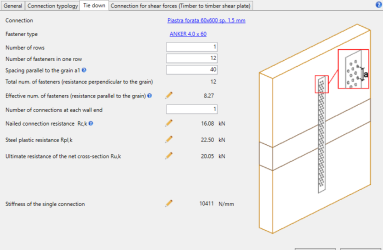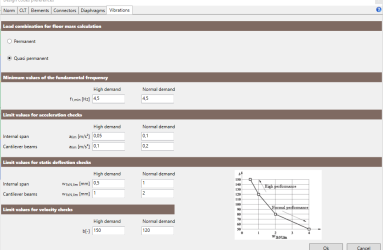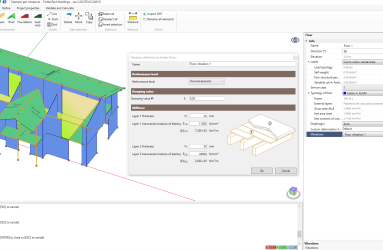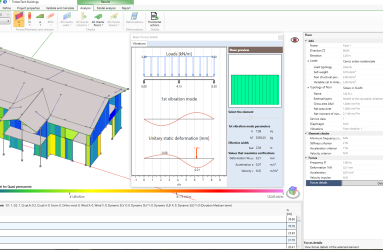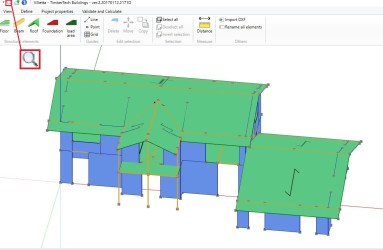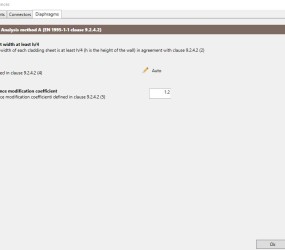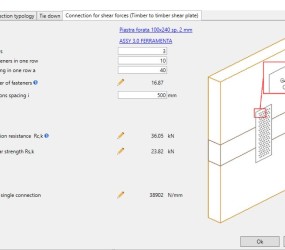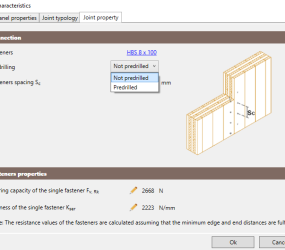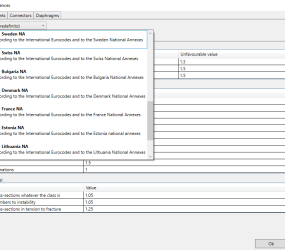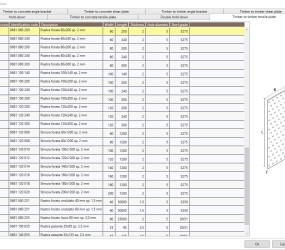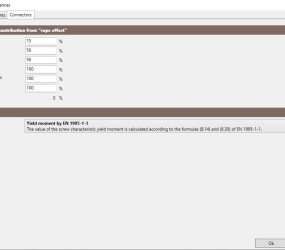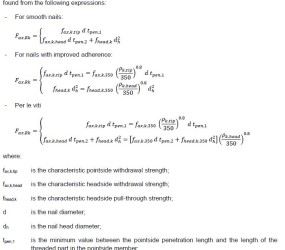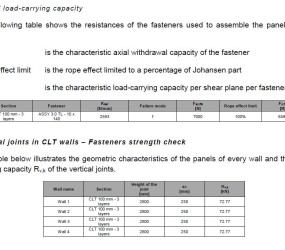In the latest version of the software we have added the following new features:
- Borga Italia connections added: the user can now select the fasteners from a larger database. The connections produced by Borga Italia which were added to the internal database are: hold-down, double hold-down, timber to concrete angle brackets, timber to timber angle brackets and punched metal plates
- Added new steel profiles to the archives. We have substantially increased the number of the steel profiles with their geometric properties pre-loaded in the software. In particular we added the following sections:
- – Europen open sections: added the following profiles to the already present IPE, HEA, HEB and HEM: IPN, HL, HD, HP, HG, UPE, UPN, UE
- – British open sections: UB, J, UC, UBP, PFC
- – American open sections: W, S, HP, C, MC
- – Hollow sections: Rectangular Hot-Finished (RHS HF), Square Hot-Finished (SHS HF), Circular Hot-Finished (CHS HF), Rectangular Cold Formed (RHS CF), Square Cold Formed (SHS CF), Circular Cold Formed (CHS CF)
- Added a new feature for the management of the portable licenses. You can now activate the automatic release of the portable license whenever you close the application. This feature is especially useful for the users who have installed TimberTech Buildings on multiple computers. Specifically, this allows the user not to forget the license associated with a computer when he/she has finished using the program. In this way he/she can then associate the same license with another machine even if he/she has not previously issued the manual release.
- New connections databases filters added. Now you can find connections faster thanks to new filter types: checkbox filter and Search filter
- Bug fixing and small improvements

